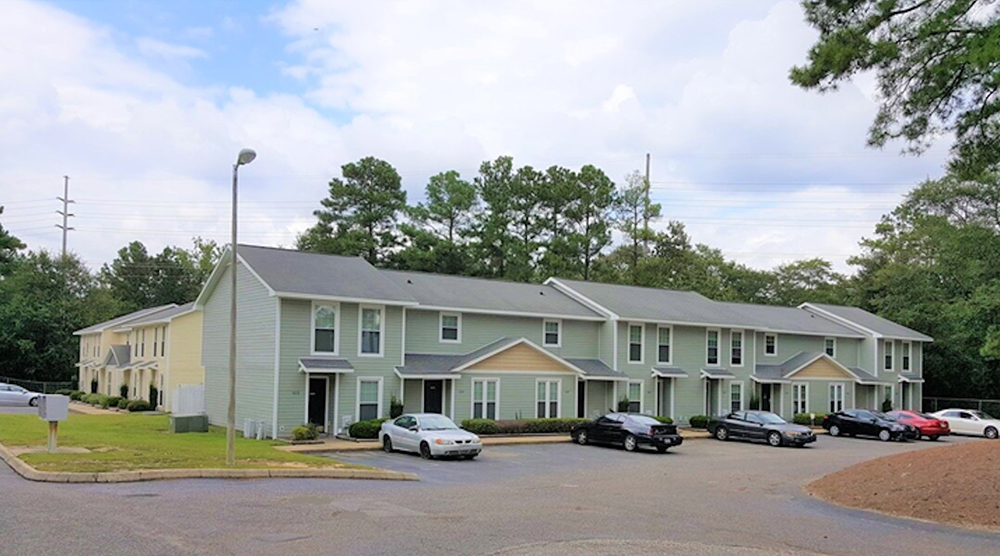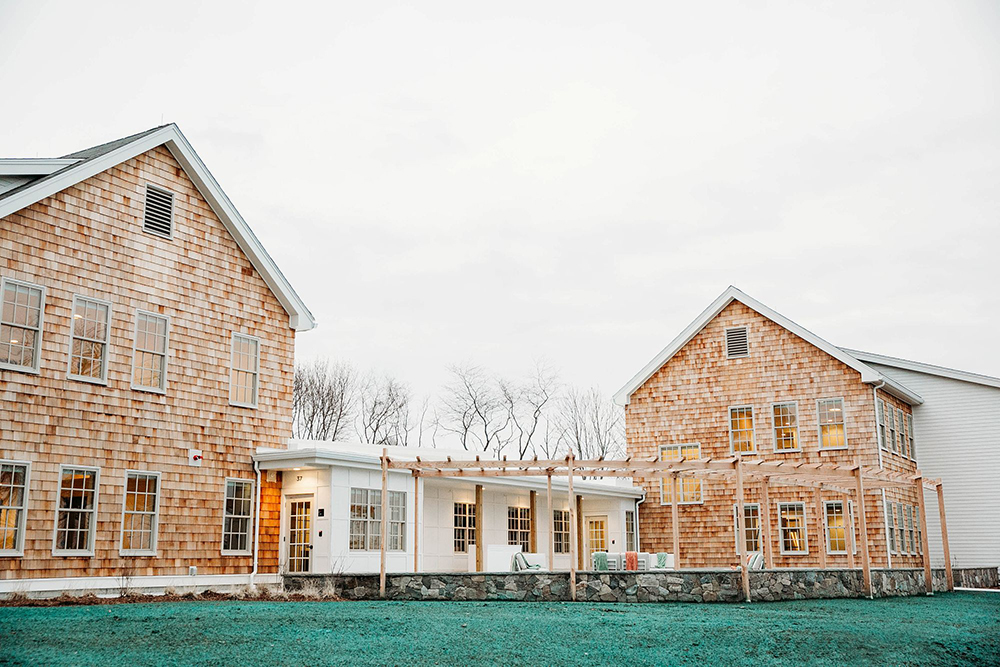News: Financial Digest
Posted: February 8, 2008
Boosting sales with seller financing carries
§1031 cautionsWith today's flooded real estate market and the growing conservative stance within the mortgage financing market, the ability of a property owner to offer seller financing to prospective buyers in order to purchase his/her property seems like a great marketing advantage: you have a buyer for your property now, and you will receive income from the note's principal and interest payments in the future.
At first glance, carry-back financing seems like a win-win. However, there are various scenarios a seller should consider if planning to combine this with an IRC section 1031 exchange. Certainly, if the amount of the note is going to be almost the entire purchase price, the taxpayer may elect to sell the property outright rather than exchange it at all. The transaction would be treated as an installment sale and capital gains tax on the principal payments would be assessed in the tax year these payments were received.
To the contrary, in cases where the full benefit of a tax deferral is paramount and the seller is financially able to act as a "third-party lender," monies required for funding the buyer may be provided at closing directly from the exchanger's own funds, separate from the real estate transaction itself. Consequently, all net proceeds are transferred directly to the exchange account and ready for replacement property purchase.
If neither of the aforementioned alternatives will suffice, seller financing may be combined with cash proceeds received for the sale of property. Monies received at closing for the relinquished property will roll through the exchange to purchase replacement property. Additionally, principal payments received during the exchange, prior to the purchase of replacement property, may be combined with exchange funds. In order to satisfy the constructive receipt issue, payments must transfer directly to the Qualified Intermediary (QI). Capital gain will be recognized on principal received subsequent to the replacement property acquisition.
A final scenario may be to include the seller-financing note as part of the exchange by specifying the QI as the payee of the note and beneficiary of any mortgage at the close of the relinquished property. The value of the note will be used by the QI for the purchase of the replacement property. At the back end of the exchange, there are several options with regards to the note:
* The note may be assigned to the seller of the replacement property. This will result in a complete tax deferral for the exchanger, however the seller of the replacement property does not get the benefit of installment sale treatment on the receipt of the exchanger's note.
* The note may be sold to a third party for cash with those proceeds used to purchase the replacement property. The downside is that the note may be bought at a discount.
* The note may be sold back to the Exchanger at full value with the cash proceeds used to purchase the replacement property. This is surely the most questionable of the three alternatives and the exchanger should be careful to review all methods with counsel before proceeding.
If for some reason all viable options have been exhausted, the note is assigned back to the seller at the end of the exchange. The exchanger receives installment sale treatment under I.R.C. §453 as if the note had never run through the QI at all.
In most cases it is preferable for a seller planning to effect a §1031 Exchange to receive all cash for the sale of the relinquished property. Nevertheless, the taxpayer may find certain seller-financing options advantageous and should always consult with tax and/or legal counsel.
Patricia Flowers is asst. vice president for Investment Property Exchange Services, Inc. (IPX1031), Boston, Mass.
Tags:
Financial Digest
MORE FROM Financial Digest
Preservation of Affordable Housing secures $23.5 million in financing from Rockland Trust and Citizens Bank
Cambridge, MA The nonprofit Preservation of Affordable Housing (POAH) has secured $23.5 million in financing from Rockland Trust and Citizens Bank to transform a 150-year-old, underutilized church complex into housing. The project will ultimately create 46 affordable family-sized apartments.

Quick Hits
Columns and Thought Leadership

Conn. hospitality market: A technical appraisal perspective on market dynamics and valuation challenges (2019-2025)
The Connecticut hospitality market has demonstrated uneven recovery patterns between 2019 and 2025, with boutique and historic properties achieving $125 RevPAR in 2025, up 8.7% from the 2019 level. Coastal resort properties achieved a $105 RevPAR in 2025, representing 10.5% growth since 2019. Casino corridor properties maintained modest growth with RevPAR improving 4.5% to $92 in 2025.

Examples of investors who used Kay Properties for legacy and estate planning purposes for rental property/portfolios - by Dwight Kay
Preserving wealth across multiple generations requires strategic planning, foresight, and the right investment vehicles. Delaware Statutory Trusts (DSTs) offer a powerful solution for families looking to build and protect their financial legacy and to efficiently plan for their estate.








